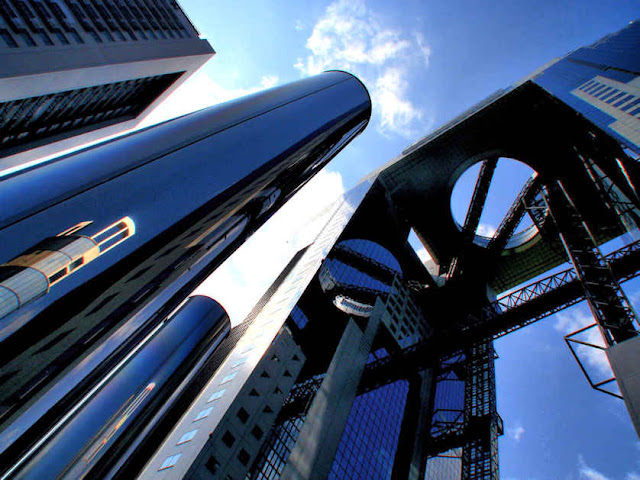Anyoji Temple is located just below Asahara Pass in the mountains between Kurashiki and Soja.
It was a large and important temple complex in earlier times and is now a little off any of the main tourist routes.
Its origins lie in the late 8th century when it is said Kobo Daishi performed ceremonies here before he travelled to China. Many sources suggest the involvement of a legendary mink, Hoon Daishi, who is said to have founded 48 temples in what is now the Okayama area,
including Kinzanji
The honzon of Anyoji is Bishamonten, and many statues of him, at least 42 I believe.
In the 11th century, when the temple was very powerful, 100 life-size statues of Bishamonten were carved. Some of the surviving ones are on display in the Jogando.
One of the pair of Nio guardians in front of the temple bell. Weighing about 11 tons is said to be the biggest temple bell in the Chugoku and Shikoku region.
During the height of its power quite a few high-ranking monks served here.
In 1201 the temple converted from Tendai to Shingon.
Many treasures have been excavated from sutra mounds built behind the temple in the 11th century.
A castle stood on the mountain not far from the temple complex and in 1336 much of the huge temple complex was destroyed in a battle between the Northern and Southern Courts.
The temple was rebuilt and continued to be an important centre.
In 1667 the temples surrounding Anyoji were closed down by the anti-Buddhist policy of the ruling Ikeda Clan. Perhaps Anyoji was spared because of its syncretic nature?
There is a lot to see at Anyoji. In previous posts I have covered the
In Japan Bishamnten has become associated with the Tiger because of a legend about Shotoku Taishi.
The main hall has a shimenawa and there are multiple Torii in the grounds, indicating this is a syncretic site where distinctions between Buddhism nd Shinto are blurred. In the Daishido, photo below, is a statue of Zao Gongen, protector of the mountain, and the main deity of the syncretic Shugendo.
The new Daishi-do was under construction when I visited but opened in 2018.
Possibly this is a small sculpture of Fukurokuju, one of the Seven Lucky Gods.
The photo below is of what is now called Susano Shrine, though earlier it was known as Gion-sha and Gozu Tenno-sha. It was established here in the late 9th century.



































































